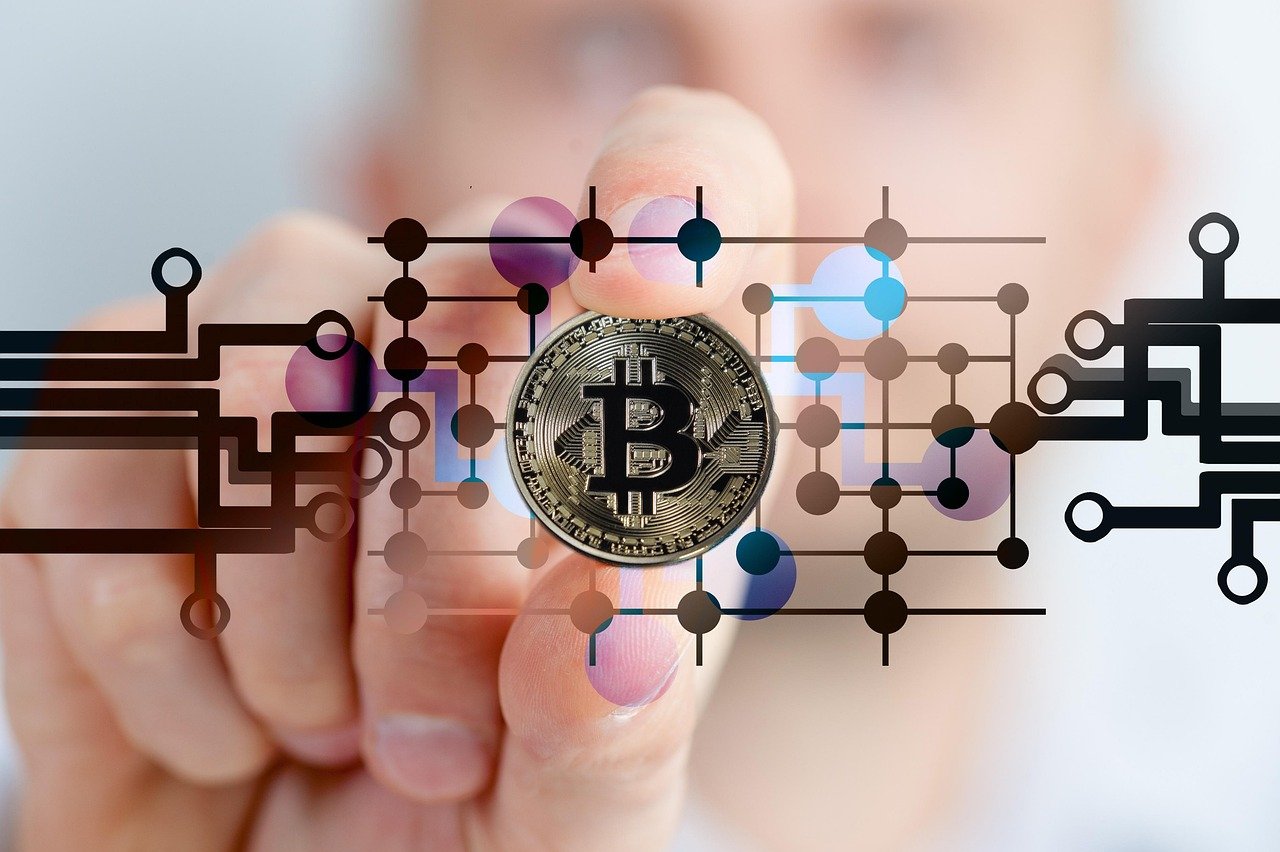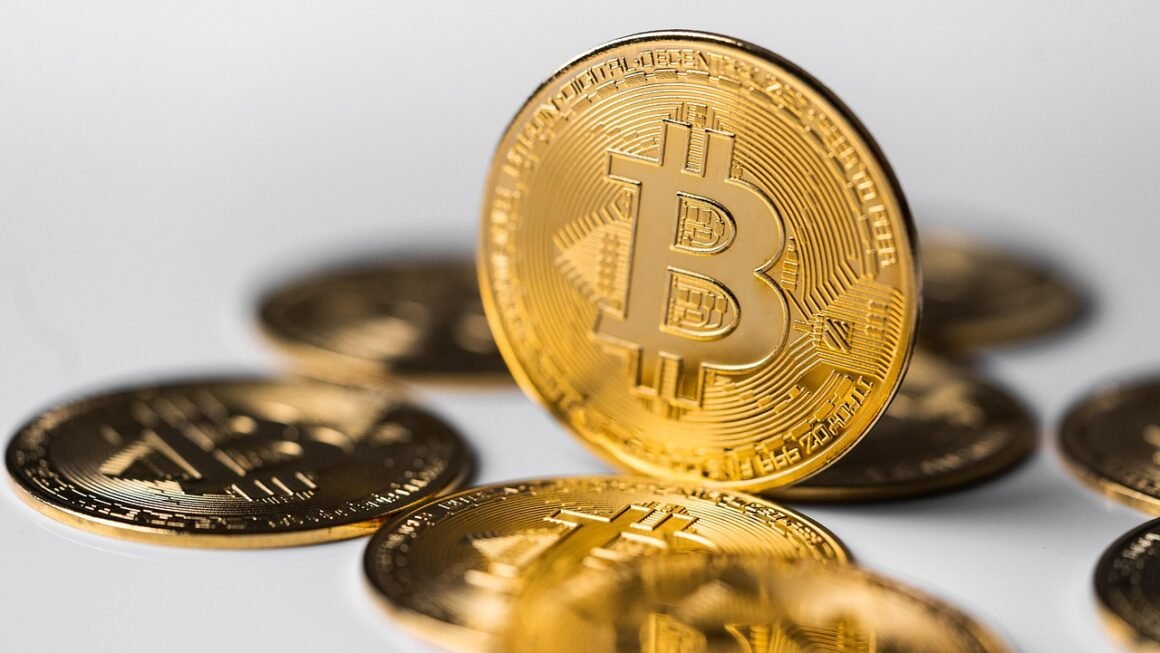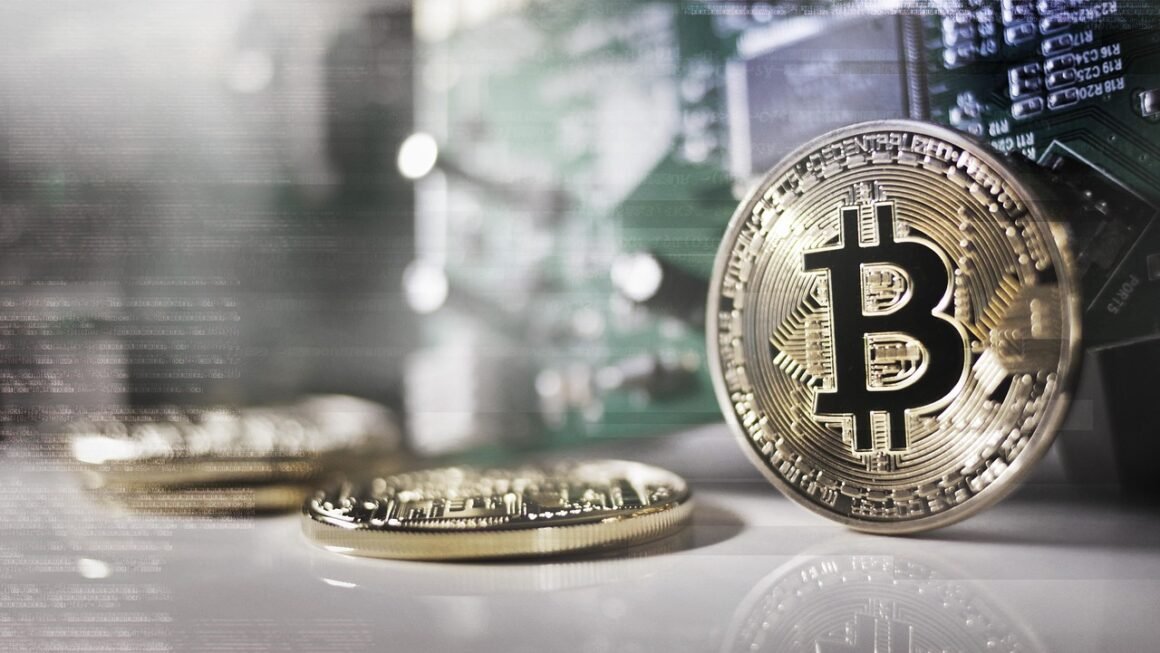Decentralized Finance, or DeFi, is revolutionizing the financial landscape by leveraging blockchain technology to create a permissionless, transparent, and accessible ecosystem. Imagine a world where you can access loans, trade assets, and earn interest without relying on traditional banks or intermediaries. This is the promise of DeFi, and it’s rapidly transforming how we interact with money. This blog post explores the core concepts of DeFi, its benefits, risks, and real-world applications, providing a comprehensive overview of this exciting and rapidly evolving field.
What is Decentralized Finance (DeFi)?
DeFi refers to financial applications built on decentralized blockchain networks, primarily Ethereum. Unlike traditional finance (TradFi), DeFi aims to provide financial services without intermediaries like banks, brokers, or exchanges. Instead, it relies on smart contracts – self-executing code that automates agreements – to execute transactions and manage financial products.
Core Principles of DeFi
- Decentralization: Control is distributed across network participants rather than concentrated in a single entity.
- Transparency: Transactions and smart contract code are often publicly auditable on the blockchain.
- Permissionless: Anyone with an internet connection and a crypto wallet can access DeFi applications.
- Composability: DeFi protocols can be combined and built upon, fostering innovation and creating new financial products.
- Immutability: Once deployed, smart contracts are difficult (and sometimes impossible) to alter, increasing trust and security.
Key Components of the DeFi Ecosystem
- Decentralized Exchanges (DEXs): Platforms for trading cryptocurrencies without intermediaries. Examples include Uniswap, Sushiswap, and PancakeSwap.
- Lending and Borrowing Protocols: Platforms that allow users to lend and borrow crypto assets, earning interest or accessing leverage. Examples include Aave, Compound, and MakerDAO.
- Stablecoins: Cryptocurrencies designed to maintain a stable value, often pegged to a fiat currency like the US dollar. Examples include USDT, USDC, and DAI.
- Yield Farming: A strategy that involves providing liquidity to DeFi protocols to earn rewards in the form of additional tokens.
- Wrapped Tokens: Tokens that represent assets from other blockchains on the Ethereum network, allowing them to be used in DeFi applications. Example: Wrapped Bitcoin (WBTC).
Benefits of DeFi
DeFi offers several advantages over traditional financial systems, making it an attractive alternative for individuals and businesses.
Enhanced Accessibility and Financial Inclusion
- Global Reach: DeFi protocols are accessible to anyone with an internet connection, regardless of location or credit score.
- Reduced Barriers to Entry: Eliminates the need for traditional banking relationships or intermediaries, lowering fees and simplifying access to financial services.
- Unbanked Population: Provides financial services to the unbanked and underbanked populations, estimated to be billions worldwide.
Increased Transparency and Efficiency
- Smart Contracts: Automate processes and eliminate the need for human intervention, reducing errors and delays.
- Real-Time Transactions: Transactions are typically processed faster than in traditional financial systems.
- Reduced Costs: Eliminates intermediary fees, making financial services more affordable.
Greater Control and Autonomy
- Self-Custody: Users maintain control of their assets, eliminating the risk of relying on a third-party custodian.
- Transparency and Auditability: Smart contract code and transaction history are publicly available, allowing for greater transparency and auditability.
- Programmability: Financial products can be customized and automated through smart contracts.
Risks of DeFi
While DeFi offers numerous benefits, it’s essential to be aware of the associated risks.
Smart Contract Vulnerabilities
- Code Errors: Smart contracts can contain errors or vulnerabilities that can be exploited by hackers, leading to loss of funds.
- Immutability Issues: Once deployed, smart contracts are difficult to modify, making it challenging to fix vulnerabilities after they are discovered.
- Flash Loan Attacks: Exploits that use flash loans (uncollateralized loans taken out and repaid within the same transaction) to manipulate the price of assets and steal funds.
Regulatory Uncertainty
- Lack of Clear Regulations: The regulatory landscape surrounding DeFi is still evolving, creating uncertainty and potential compliance challenges.
- Jurisdictional Issues: DeFi protocols operate across borders, making it difficult to determine which laws and regulations apply.
- Potential for Crackdowns: Governments may take action to restrict or regulate DeFi activities, potentially impacting the value and accessibility of DeFi assets.
Volatility and Market Risks
- High Volatility: Cryptocurrency markets are highly volatile, and the value of DeFi assets can fluctuate significantly.
- Liquidity Issues: Some DeFi protocols may have limited liquidity, making it difficult to buy or sell assets at desired prices.
- Impermanent Loss: Occurs when providing liquidity to a decentralized exchange, and the value of the deposited assets changes significantly relative to each other.
Systemic Risks
- Interconnectedness: DeFi protocols are often interconnected, meaning that a problem in one protocol can have cascading effects on the entire ecosystem.
- Scalability Challenges: Some blockchain networks struggle to handle the high transaction volumes associated with DeFi, leading to congestion and increased fees.
- Governance Risks: Centralized governance mechanisms in some DeFi projects can create opportunities for manipulation or abuse.
Practical Applications of DeFi
DeFi has a wide range of applications that are transforming various aspects of the financial industry.
Lending and Borrowing
- Aave: A decentralized lending protocol that allows users to lend and borrow a variety of crypto assets. Users can earn interest on their deposits or borrow assets by providing collateral.
- Compound: Similar to Aave, Compound offers a decentralized lending and borrowing platform. It uses algorithmic interest rates to determine the borrowing costs and lending yields.
- MakerDAO: Responsible for the DAI stablecoin, MakerDAO also allows users to borrow DAI by locking up ETH as collateral. This mechanism helps to maintain the stability of the DAI peg.
- Example: A user can deposit ETH into Aave and earn interest on their deposit. They can also use their ETH as collateral to borrow other assets, such as USDT.
Decentralized Exchanges (DEXs)
- Uniswap: A popular DEX that uses an automated market maker (AMM) model to facilitate trading. Users provide liquidity to pools, and the protocol uses an algorithm to determine the price of assets.
- Sushiswap: A fork of Uniswap that offers additional features, such as yield farming rewards for liquidity providers.
- PancakeSwap: A DEX built on the Binance Smart Chain that offers lower transaction fees and faster transaction times than Ethereum-based DEXs.
- Example: A user can swap ETH for DAI on Uniswap without the need for a centralized exchange. They can also provide liquidity to the ETH/DAI pool and earn trading fees.
Stablecoins
- USDT (Tether): A stablecoin pegged to the US dollar, issued by Tether Limited.
- USDC (USD Coin): A stablecoin pegged to the US dollar, issued by Circle and Coinbase.
- DAI: A decentralized stablecoin pegged to the US dollar, maintained by MakerDAO.
- Example: A user can use USDC to store value without exposing themselves to the volatility of other cryptocurrencies. They can also use DAI to borrow assets on MakerDAO.
Yield Farming and Liquidity Mining
- Providing Liquidity: Users deposit tokens into liquidity pools on DEXs and earn rewards in the form of trading fees and additional tokens.
- Staking: Users stake tokens in DeFi protocols to earn rewards for helping to secure the network.
- Yield Aggregators: Platforms that automatically optimize yield farming strategies to maximize returns. Examples include Yearn.finance.
- Example: A user can deposit ETH and DAI into a liquidity pool on Uniswap and earn trading fees whenever other users trade between these two assets. They may also receive additional UNI tokens as a reward for providing liquidity.
Conclusion
DeFi has the potential to reshape the financial industry by creating a more accessible, transparent, and efficient ecosystem. While it offers significant benefits, it’s crucial to understand and manage the associated risks. As the technology matures and the regulatory landscape becomes clearer, DeFi is poised to play an increasingly important role in the future of finance. Staying informed about the latest developments and exercising caution when interacting with DeFi protocols is essential for navigating this exciting and rapidly evolving space. The world of finance is changing, and DeFi is at the forefront of that change.



